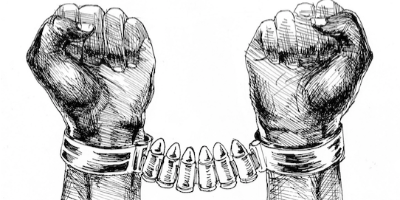aug 7, 1976 - The Welfare Queen
Description:
"Welfare queen" is a derogatory term used in the United States to refer to women who allegedly misuse or collect excessive welfare payments through fraud, child endangerment, or manipulation. Reporting on welfare fraud began during the early 1960s, appearing in general-interest magazines such as Readers Digest. The term "welfare queen" originates from media reporting in 1974.Since then, the phrase "welfare queen" has remained a stigmatizing label and is most often directed toward black, single mothers. Although women in the U.S. could no longer stay on welfare indefinitely after the federal government launched the Temporary Assistance for Needy Families (TANF) program in 1996, the term remains a trope in the American dialogue on poverty.
The idea of welfare fraud goes back to the early-1960s, when the majority of known offenders were male. Despite this, many journalistic exposés were published at the time on those who would come to be known as welfare queens. Readers Digest and Look magazine published sensational stories about mothers gaming the system. Additionally, Ronald Reagan employed the trope of the "Welfare Queen" in order to rally support for reform of the welfare system. During his initial bid for the Republican nomination in 1976, and again in 1980, Reagan constantly made reference to the "Welfare Queen" at his campaign rallies. Some of these stories, and some that followed into the 1990s, focused on female welfare recipients engaged in behavior counter-productive to eventual financial independence such as having children out of wedlock, using AFDC money to buy drugs, or showing little desire to work. These women were understood to be social parasites, draining society of valuable resources while engaging in self damaging behavior. Despite these early appearances of the "Welfare Queen" icon, stories about able-bodied men collecting welfare continued to dominate discourse until the 1970s, at which point women became the main focus of welfare fraud stories.
The term was coined in 1974, either by George Bliss of the Chicago Tribune in his articles about Linda Taylor, or by Jet Magazine. Neither publication credits the other in their "Welfare Queen" stories of that year. Taylor was ultimately charged with committing $8,000 in fraud and having four aliases. She was convicted of illegally obtaining 23 welfare checks using two aliases and was sentenced to two to six years in prison. During the same decade, Taylor was additionally investigated for murder, kidnapping, and baby trafficking. Stories of her activities were used by Ronald Reagan, starting with his 1976 presidential campaign, to illustrate his criticisms of social programs in the United States.
In a 1999 study by Franklin Gilliam that examined people's attitudes on race, gender, and the media, an eleven-minute news clip featuring one of two stories on welfare was shown to two groups of participants. Each story on welfare had a different recipient—one was a white woman and the other was a black woman. The results showed that people were extremely accurate in their recall of the race and gender of the black female welfare recipient in comparison to those who saw the story with the white female welfare recipient. This outcome confirmed that this unbalanced narrative of gender and race had become a standard cultural bias and that Americans often made implicit associations between race, gender, and poverty.
Added to timeline:
Date:
aug 7, 1976
Now
~ 49 years ago
